Understanding **limits of functions** is essential in calculus. This guide explains the epsilon-delta definition, theorems, and applications to help you master this fundamental concept.
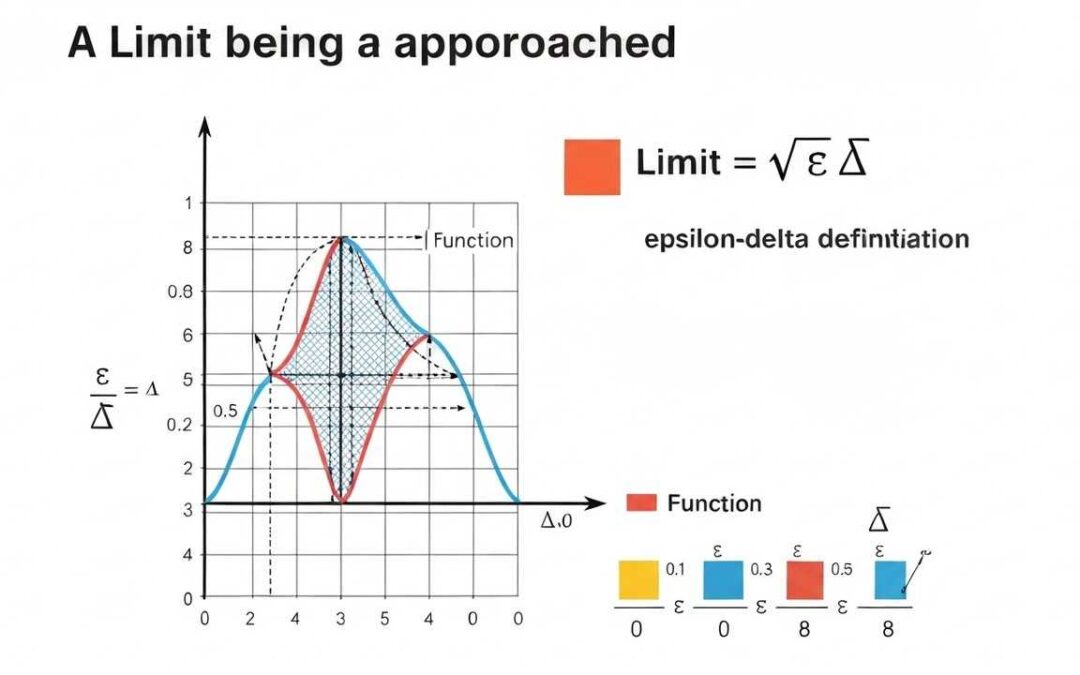
ADVERTISEMENT

Understanding **limits of functions** is essential in calculus. This guide explains the epsilon-delta definition, theorems, and applications to help you master this fundamental concept.
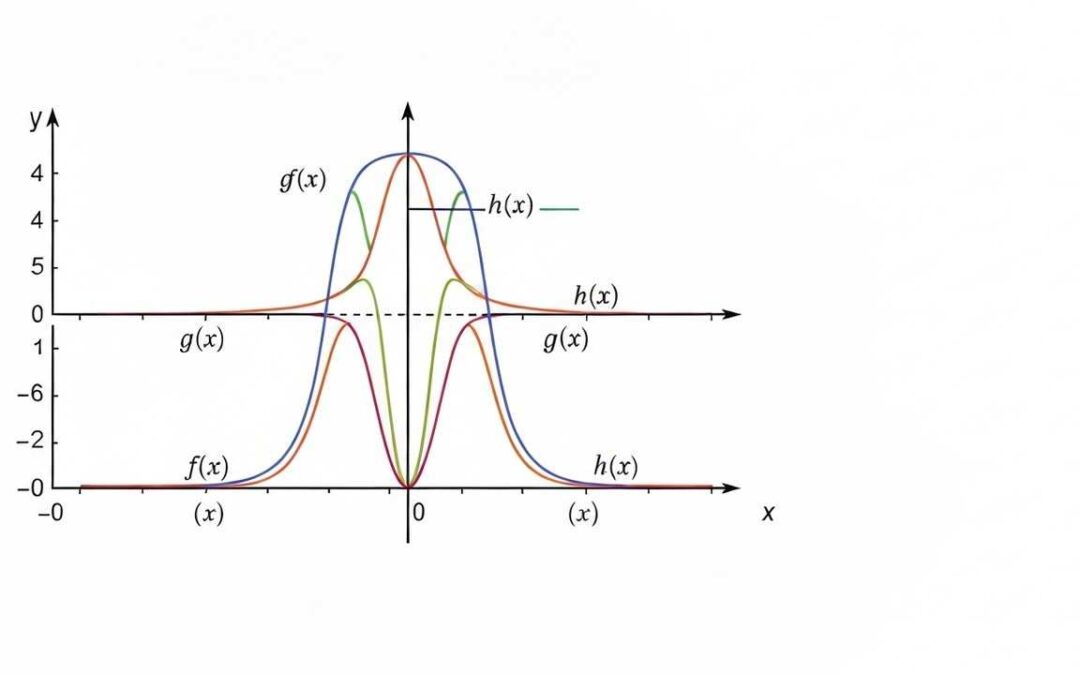
The Squeeze Theorem is a calculus concept that uses bounding functions to determine the limit of a function. The article explains how it works and provides examples.
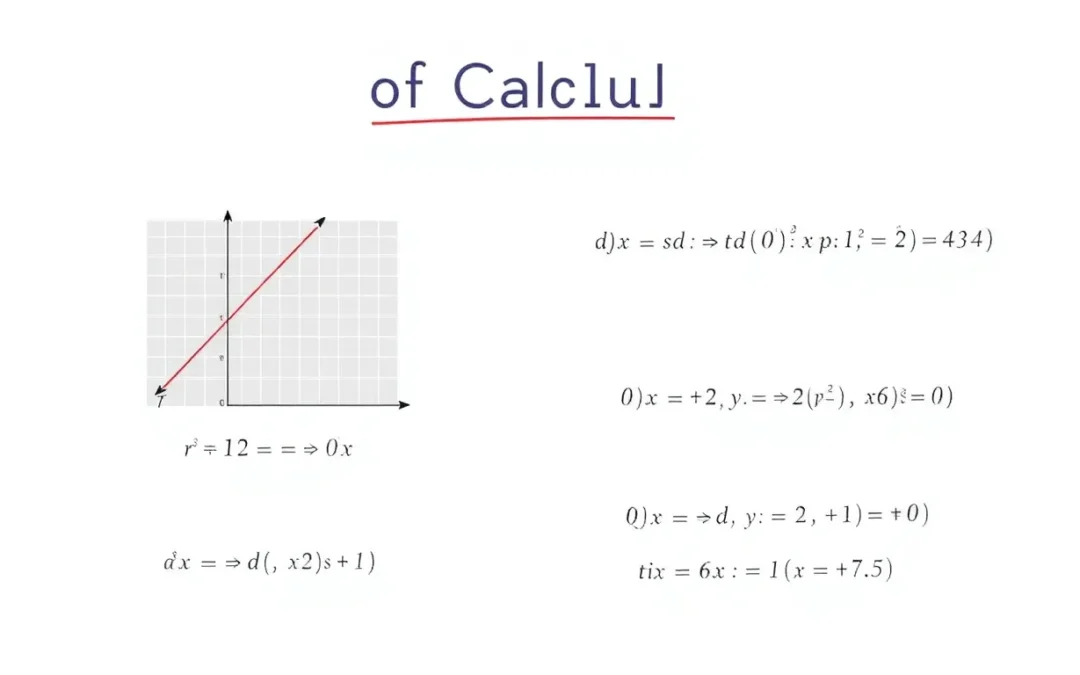
Learn how to solve Evaluating Limits Problems with this step-by-step guide. We’ll cover the fundamentals and provide clear examples.

Learn how to solve Limits at Infinity with this comprehensive guide. Understand the concepts and techniques through clear examples and step-by-step solutions.
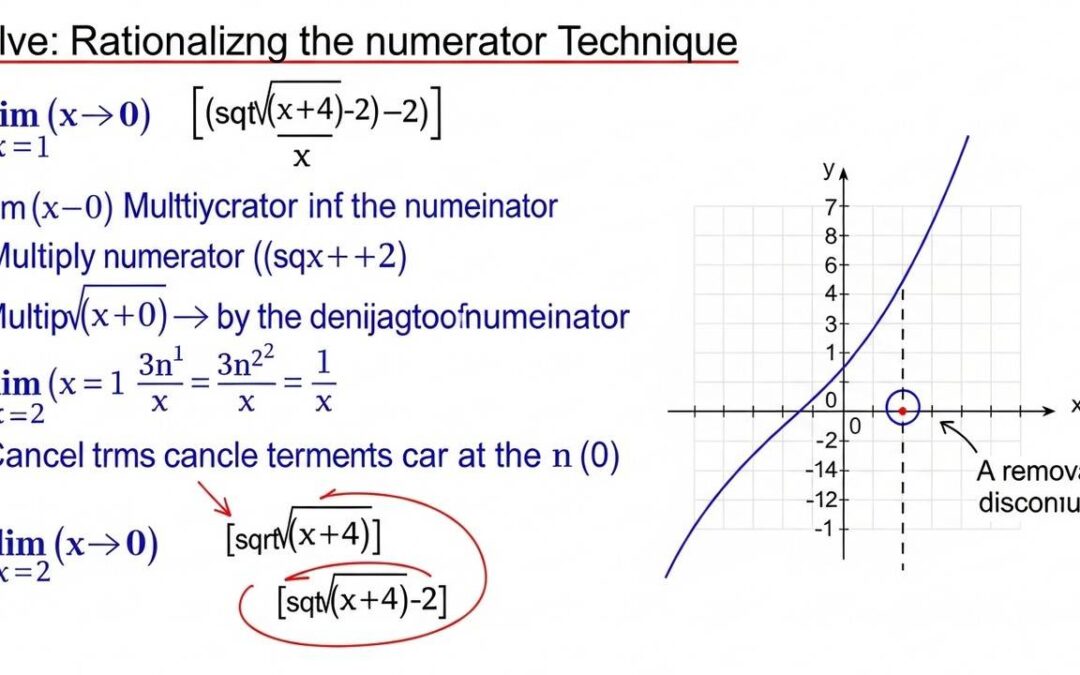
Learn how to solve Rationalizing Numerator Limits by rationalizing the numerator to eliminate indeterminate forms and find the limit.
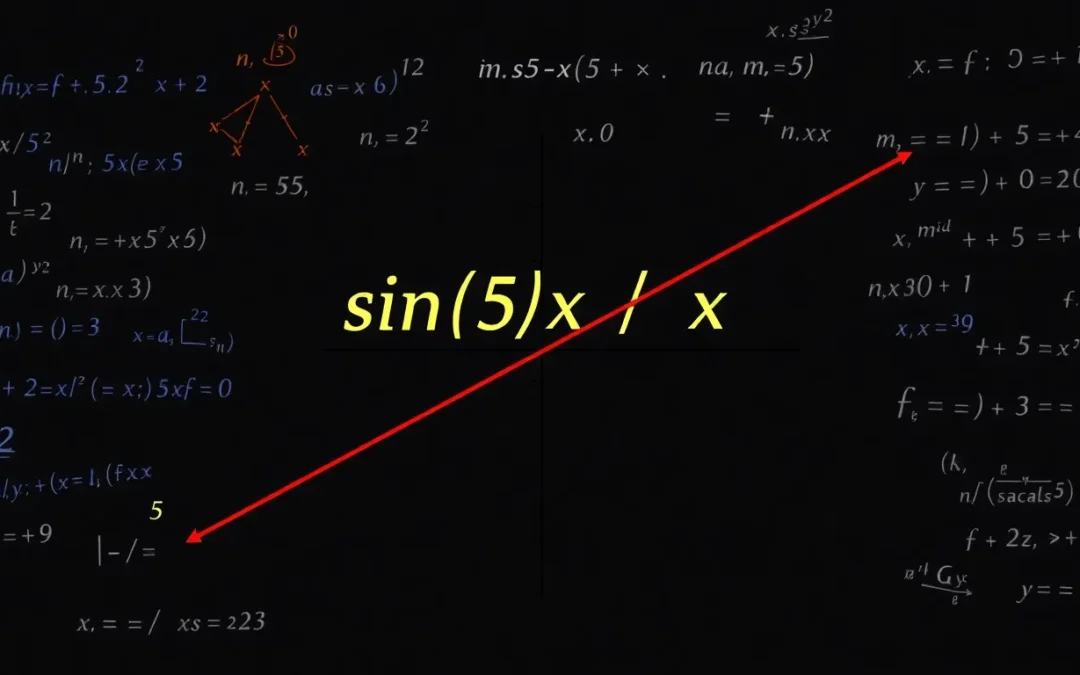
Learn to evaluate the Trigonometric Limit. The solution involves simplifying the expression and applying limit theorems. The final result is 5.
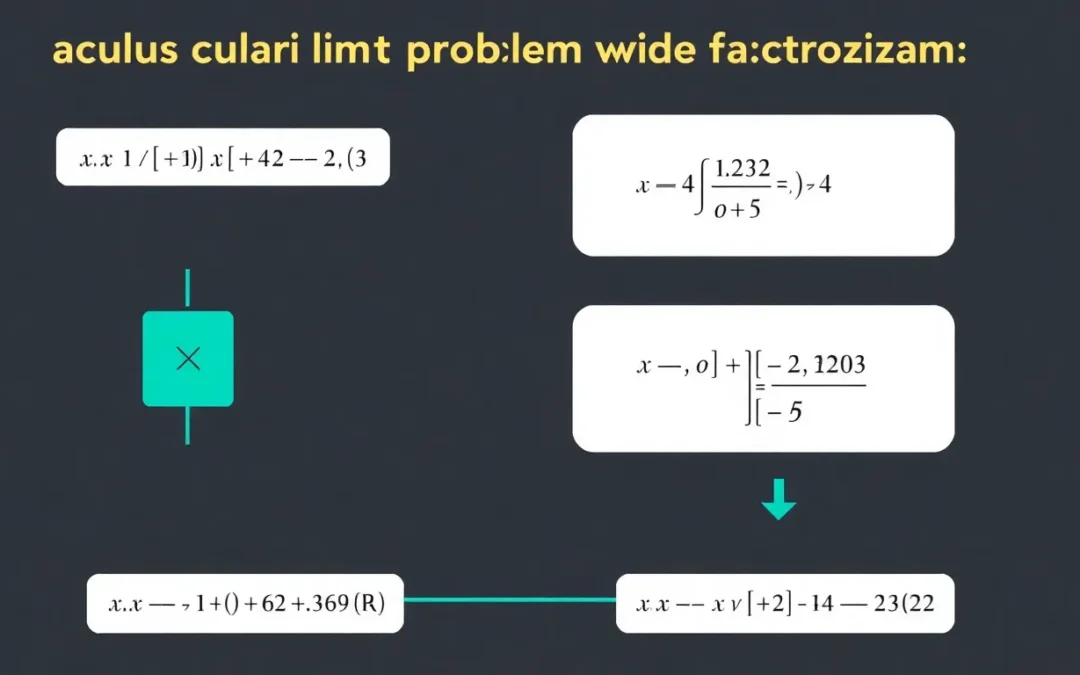
Learn to solve limits that result in indeterminate forms using **Limits by Factorization**. This method simplifies the expression to find the value the function approaches.
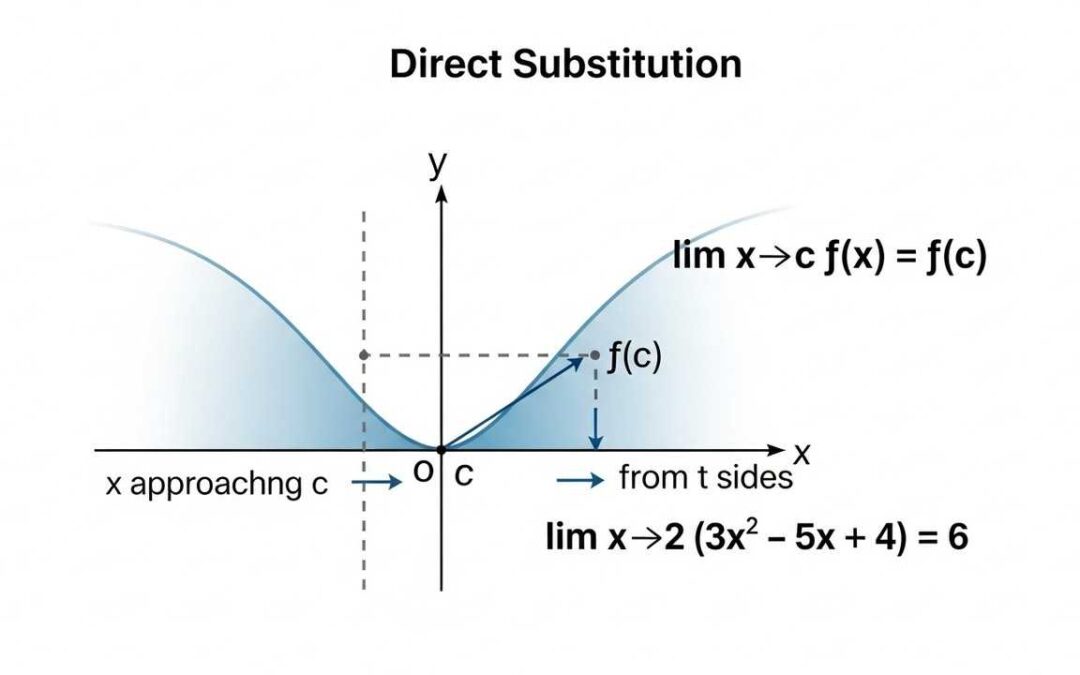
Learn how to easily evaluate limits using direct substitution! This guide provides clear examples and explanations to help you master this essential calculus skill. The SEO Keyphrase is Evaluating Limits.

Understanding derivatives simply involves grasping how functions change. This guide offers an intuitive explanation for beginners.

Learn how to find the minimum value function using calculus. Step-by-step guide included!

Discover the top AI tools to boost your productivity and efficiency. Learn about various AI tools.

Learn how the Luhn algorithm validates credit card numbers and other identification codes. Discover the steps and applications of this essential checksum formula.

Learn about open and closed intervals in mathematics including definitions and examples. Essential for understanding calculus.

Learn about sequences their limits and how they differ from functions. Discover convergence and divergence and essential theorems.

Learn about open and closed intervals in mathematics including definitions and examples using mathjax notation.

Learn what it means for a series to converge to a specific value in mathematics. Explore the concept of convergence.

Explore if disjoint subsets of natural numbers exist where the sum of harmonic series terms over each subset is equal. Investigate the harmonic series and its subset sums.

Learn why the harmonic series despite growing slowly doesn't converge. Explore different explanations for this fascinating mathematical concept.

Discover the fascinating exponential limit of x^x as x approaches 0+. Learn the solution using logarithms and L'Hôpital's rule.

Learn how L'Hôpital's Rule simplifies limit evaluation. This guide will help you solve limits efficiently.

Learn how L'Hôpital's rule helps evaluate indeterminate forms in limits. This guide provides a complete explanation and examples.

Explore implicit differentiation and its relation to differential equations in our new quiz feedback.

Discover Sophie Germain primes special prime numbers with unique properties. Learn about their relation to safe primes applications in cryptography and how to identify them using Python.

Prove the equality of cosine series in generalized functions. Learn how to manipulate trigonometric series for advanced applications.

Determine the value of ‘a’ to ensure continuity of a piecewise function at x = 0 using limits and Taylor series.

Calculate the limit of cos(√x) raised to the power of 1/x as x approaches 0 from the right. Learn the Taylor expansion method for solving this type of limit problem.

Learn how to evaluate the limit of x^x as x approaches 0 from the positive side using logarithms and L’Hôpital’s rule. Find the answer!

Learn how to evaluate the limit of x times the natural log of (1 + 1/x) as x approaches infinity using L’Hôpital’s Rule.

Find the limit of a trigonometric expression as x approaches 0. Learn how to use trigonometric identities to solve this problem.

Learn about vectors in mathematics their properties and how they’re used in physics computer graphics and machine learning.

Learn various methods for proving mathematical statements including direct proof indirect proof (contradiction and contrapositive) proof by cases and mathematical induction. Explore examples and applications.

Conquer the CBSE Board Exams 2025 with our guide! Learn effective study strategies, time management tips, and overcome exam anxiety for success.

Find \( \lim_{x \to 3} (2x + 5) \) Solution:To solve this limit, we substitute the value of \( x \) directly because the function is continuous at \( x = 3 \).\( \lim_{x \to 3} (2x + 5) = 2(3) + 5 = 6 + 5 = 11 \)

5 Basic Problems on Limits just to refresh your mind. Problem 1 Find the limit: \( \lim_{x \to 2} (3x - 4) \) Solution: To solve this limit, we substitute the value of \(x\) directly because the function is continuous at \(x = 2\). \[ \lim_{x \to 2} (3x - 4) = 3(2) -...

We have \( \lim_{\theta\to0} { \sin\theta \over \theta } \) = 1 Consider the below diagram. We have r = radius of the circle.A = centre of the circle.The sector ⌔ formed by the arc BD subtends an angle θ at the centre. Case 1 : θ > 0 i.e. θ is +ve Let 0 ≤ θ ≤ \(...

To prove : lim\( _{x \to a} { x^n - a^n \over x - a } = na^{n-1} \) where n is a rational number Proof: Let \( x = a + h \) Then as \(x \to a \), we have \(h \to 0 \) Now, \( \lim_{x \to a} { x^n - a^n \over x - a } = \lim_{h \to 0} { (a...

Proof : We have, lim\(_{θ\to 0} { \dfrac {\mathrm tan \mathrm θ}{ \mathrm θ} } \) = lim\(_{θ\to 0} { \dfrac {\mathrm \sin \mathrm θ} {\mathrm θ \mathrm \cos\mathrm θ} } \) \( \{∵ \tan\theta = \dfrac...

As θ → 0, we have cosθ → 1 Proof : When θ = 0, We have, lim\(_{θ\to 0} \cos \)θ = cos0 = 1 { ∵ cos0 = 1 } Hence, lim\(_{θ\to 0} \cos \)θ = 1

Let y = \(\mathsf {x^{n} }\) ∴ y + δy = \(\mathsf { {(x + δx)^{n}} }\) ∴ δy = y + δy - y = \(\mathsf { (x + δx)^{n} }\) - \(\mathsf { x^{n} }\) or δy = \(\mathsf { [\text{ }^{n}C_0 x^{n}{(δx)}^{0} }\) + \(\mathsf {\text{ }^{n}C_1 x^{n-1}{(δx)}^{1}}\) + \(\mathsf...

Derivative of \({e}^x\) using the First Principle Let \(y\) = \({e}^x\)∴ \(y + δy\) = \({e}^{x + δx}\)∴ \(δy\) = \({e}^{x + δx}\) - \({e}^x\)or \(δy\) = \({e}^{x}\) . \( [ {e}^{δx} - 1 ]\)Dividing each side by δx </h3>or \(\dfrac {δy}{δx}\) = \( \dfrac { {e}^{x}...
Derivative of \( sinθ \) using the First Principle Let \(y\) = \( sinθ \) ∴ \(y + δy\) = \( sin(θ + δθ) \) ∴ \(δy\) = \( sin(θ + δθ) \) - \( sinθ \)From Trigonometry , we have \( sin(A-B) \) = 2.\( sin \dfrac {(A-B)}{2} \).\( cos \dfrac {(A+B)}{2} \)Using the above...
Derivative of \( cosθ \) using the First Principle Let \(y\) = \( cosθ \) ∴ \(y + δy\) = \( cos(θ + δθ) \) ∴ \(δy\) = \( cos(θ + δθ) \) - \( cosθ \)From Trigonometry , we have \( cos(A-B) \) = -2.\( sin \dfrac {(A+B)}{2} \).\( sin \dfrac {(A-B)}{2} \)Using the above...